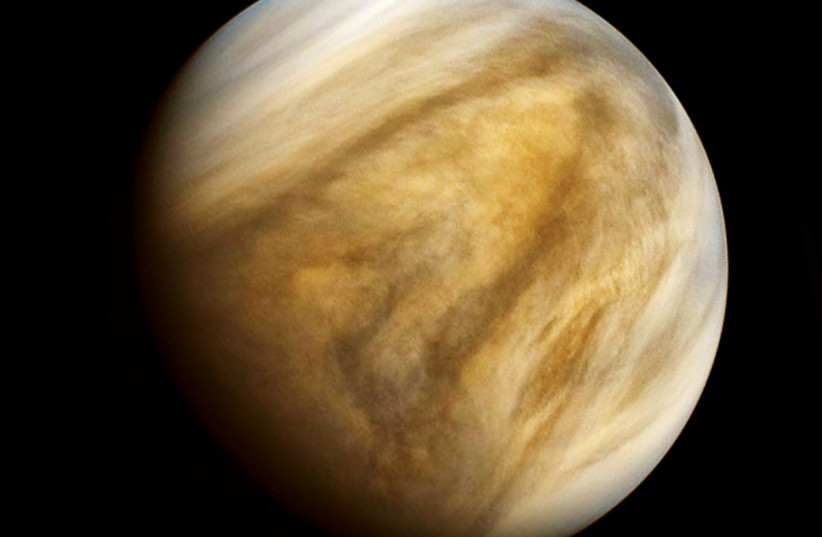Stargazers can look forward to seeing Mercury and Venus, as well as the moon that orbits around our planet, without binoculars or a telescope.

The first two planets in our solar system, Mercury and Venus, as well as the moon that orbits around our planet, will be able to be visibly seen in the sky on Saturday afternoon at 6 p.m. US Standard time, falling on Christmas Eve, according to a Wednesday report from the magazine Astronomy.
The report also states that binoculars or a telescope are not required to see the other planets. The sun will supposedly set at 4:39, nearly an hour and a half before the planets will be visible.
What can stargazers expect to see?
Venus sits 1.62 astronomical units from Earth while Mercury is 0.92 (an astronomical unit is the average distance between the Earth and Sun), the magazine states. However, despite Mercury being closer to Earth, it will still look smaller because it makes up only hald of Venus’s diameter.
Venus will also be the brighter planet of the two, according to The Guardian, which also reports that the planets will be easier to see if you live in the southern hemisphere.
Mercury will be above and to the right of Venus, The Guardian reported, with the crescent moon to the left at the same altitude of Venus. Venus will remain in the evening sky until July 2023.
A Christmas coincidence?
Some historians say that the Star of Bethlehem, associated with the first Christmas, may have been a similar meeting or conjunction of planets in the sky, according to Astronomy, who reported that a similar conjunction is coming up on Wednesday, when Venus and Mercury will stand just 1.5° apart in the evening sky, still readily visible together, while the Moon will have moved on into Aquarius. A few hours later, Mercury is expected to pass 1.4° due north of Venus, with the two still remaining below the horizon.
As reported by The Jerusalem Post
